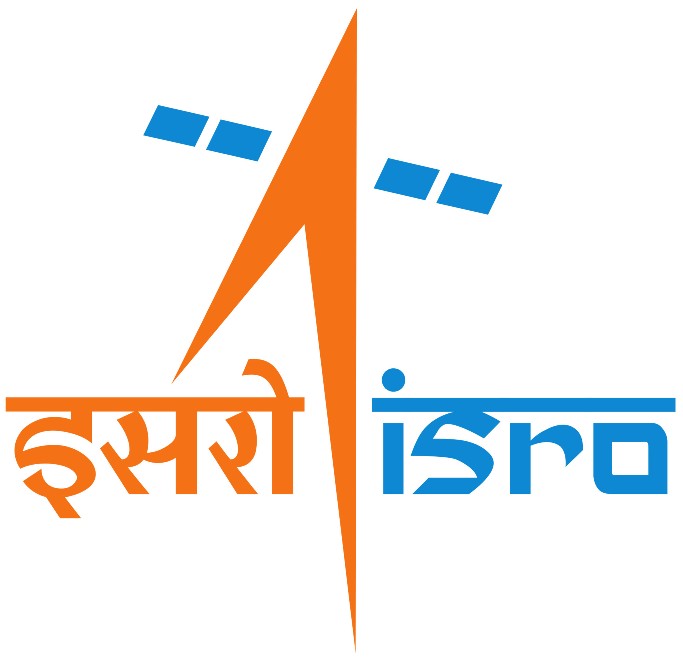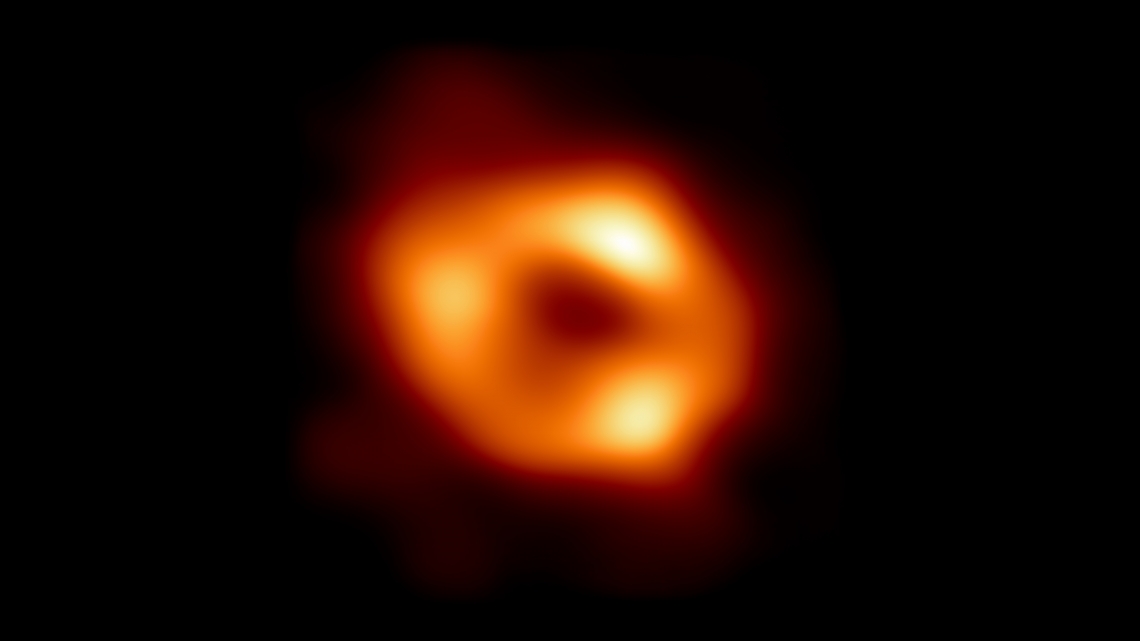
BENGALURU (PTI): The Indian Space Research Organisation (ISRO) has conceptualised a twin aeronomy mission aimed at capturing latitudinal and longitudinal effects of space weather events on the Earth's upper atmosphere.
ISRO's Scientific Secretary Shantanu Bhatawdekar noted that 'Aeronomy' refers to the "physics and chemistry" of the Earth's upper atmosphere, which "directly feels the wrath of the space weather events".
In the near-Earth environment, the space weather is governed by the eruptive phenomena from the Sun, which affect the ionosphere-thermosphere system severely, and the perturbation percolates to the lower altitudes depending on the intensity of the solar events.
Bhatawdekar noted that the DISHA-H&L mission, a twin Aeronomy mission conceptualised by ISRO, comprises two satellites, one at high (DISHA-H, at inclination greater than 85 degrees) and the other one at low (DISHA-L, at an inclination of about 25 degrees) inclination orbits, simultaneously orbiting the Earth at an altitude of approximately 400 km.
DISHA is an acronym for 'Disturbed and Quiet time Ionosphere-Thermosphere systems at High Altitudes', it was noted at a national meeting on Aeronomy research organised by ISRO to discuss the importance and prospect of space-based in-situ observation of the Earth's upper atmosphere to study the space-weather effects, with the theme 'Science of Near-Earth Space & Applications', on Tuesday, in virtual mode.
The meeting was attended by representatives of several ministries of the Government of India, academics and scientists from several reputed academic institutions, the Bengaluru-headquartered space agency said in a statement on Thursday.
Bhatawdekar said the twin satellites with the identical set of scientific instruments will capture the latitudinal and longitudinal effects of the space weather events on the Earth's upper atmosphere.
ISRO Chairman and Secretary in the Department of Space, S Somanath, in his inaugural address, emphasised the necessity of bringing out societal benefit of the proposed DISHA H&L mission, the statement said.
He mentioned that the proposed DISHA H&L mission will provide valuable scientific insight into the effect of space weather events on Earth's upper atmosphere, which, in turn, will help in the modelling of the ionosphere-thermosphere system in terms of its response to the space weather events.
"The model will not only be a valuable scientific contribution towards the understanding of the Sun-Earth connection but also be a tool for several applications that are susceptible to the space weather events", Somanath was quoted as saying.
He solicited the active participation of the academia, institutes and ministries to build a strong user-base for this mission.
Dean, Physical Research Laboratory, an autonomous body within the Department of Space, Prof. D Pallamraju, made a presentation on the DISHA H&L concept, the parameters to be investigated, and the scientific instruments.
The meeting, apart from several lectures from academia and institutes, witnessed a panel discussion on 'Science of Near-Earth space and its applications', which was attended by the senior officials nominated by the Department of Telecommunication, Ministry of Civil Aviation, Ministry of Power, Ministry of Earth Sciences, Department of Science & Technology, Ministry of Electronics and Information Technology and Ministry of Information and Broadcasting.
The panelists deliberated on the importance of such space-based Aeronomy missions with relevance to the respective ministries. Ministry representatives offered collaborative support to take this endeavour forward.
Director, Science Programme Office, Dr. Tirtha Pratim Das said DISHA H&L mission is just an initial step towards the building of the space infrastructure towards achieving self-reliance in modelling and managing space weather events.
"Fulfilling this goal necessitates drawing a long-term plan covering many solar cycles, which, in turn, requires a programmatic approach, with the confluence of the wisdom and active participation of the relevant ministries", he was quoted as saying.
Once the Aditya-L1 heliophysics observatory is in orbit and studies the causes of the space weather events, DISHA H&L will study the effects. The ground-based observations of the ionosphere and the Sun will complement the space-based observations, it was stated.
"Thus, DISHA H&L will add to the space and ground-based infrastructure for achieving a better understanding of the space weather effects, which will eventually lead to better planning for the protection of the space and ground-based assets", the ISRO statement added.
 Previous Article
Previous Article Next Article
Next Article













The Indian Air Force, in its flight trials evaluation report submitted before the Defence Ministry l..
view articleAn insight into the Medium Multi-Role Combat Aircraft competition...
view articleSky enthusiasts can now spot the International Space Station (ISS) commanded by Indian-American astr..
view article